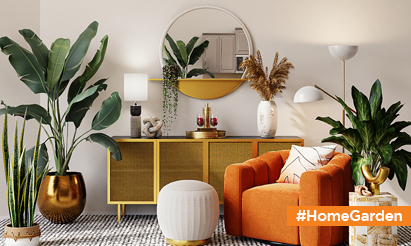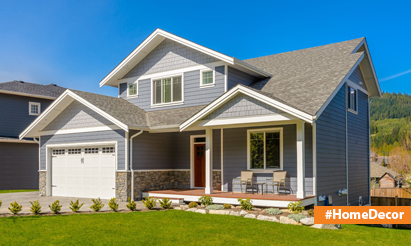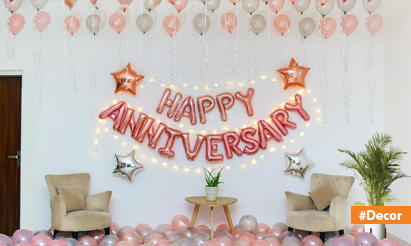Particle Board Furniture: Practical Tips and Creative Ideas!
When it comes to crafting furniture, choosing the right materials is crucial to achieving the desired balance of durability, cost-effectiveness, and aesthetics. Particle board, a versatile engineered wood product, has gained popularity in recent years as a cost-effective alternative to solid wood for various furniture projects. In this guide, we will explore what particle board is, its advantages and disadvantages, and how to effectively use it for furniture making.
What is Particle Board?
Particle board, also known as chipboard, is a composite wood product made from wood particles, sawdust, or wood chips bound together with a synthetic resin or adhesive. The mixture is compressed under pressure and heat to create dense sheets of board. Particle board comes in various grades, with higher grades having finer wood particles and better quality.
Advantages of Using Particle Board for Furniture:
- Affordability: Particle board is significantly cheaper than solid wood or plywood, making it an excellent choice for budget-conscious projects.
- Uniformity: It offers a uniform and smooth surface, making it easy to finish and paint.
- Availability: Particle board is readily available in various thicknesses and sizes, making it suitable for a wide range of furniture applications.
- Eco-Friendly: It is often made from recycled wood particles and sawdust, reducing waste and making it an eco-friendly choice.
- Stability: Particle board is less susceptible to expansion or contraction due to humidity changes compared to solid wood.
Disadvantages of Particle Board:
- Durability: It is less durable and prone to chipping and sagging under heavy weight compared to solid wood or plywood.
- Moisture Sensitivity: Particle board can swell or disintegrate when exposed to moisture. It’s not suitable for outdoor or high-moisture areas.
- Limited Edge Strength: The edges of particle board are fragile and may require edge banding or additional support.
Using Particle Board for Furniture:
- Choosing the Right Grade: Select the appropriate grade of particle board based on your project’s requirements. Higher grades are smoother and more suitable for visible surfaces.
- Cutting and Shaping: Particle board can be cut and shaped using standard woodworking tools. Ensure your tools are sharp to avoid chipping or splintering.
- Edge Banding: To reinforce the edges and improve aesthetics, consider using edge banding, which is available in various finishes to match your project.
- Assembly: Particle boards can be joined using screws, dowels, or adhesives. Predrill holes for screws to prevent splitting.
- Finishing: Sand the surface of the particle board to remove any imperfections and prepare it for finishing. Particle board takes well to paint, veneer, or laminate finishes.
- Protection from Moisture: To protect particle board furniture from moisture, consider using sealants or keeping it in a dry environment.
- Support Structure: For heavy pieces of furniture, use a sturdy support structure or frame to distribute weight evenly.
Particle board offers an economical and versatile option for furniture making, especially for budget-conscious DIY enthusiasts. By understanding its strengths and weaknesses and following the proper techniques for cutting, shaping, and finishing, you can create attractive and functional furniture pieces that suit your needs and budget.
Disclaimer: The views expressed above are for informational purposes only based on industry reports and related news stories. PropertyPistol does not guarantee the accuracy, completeness, or reliability of the information and shall not be held responsible for any action taken based on the published information.




